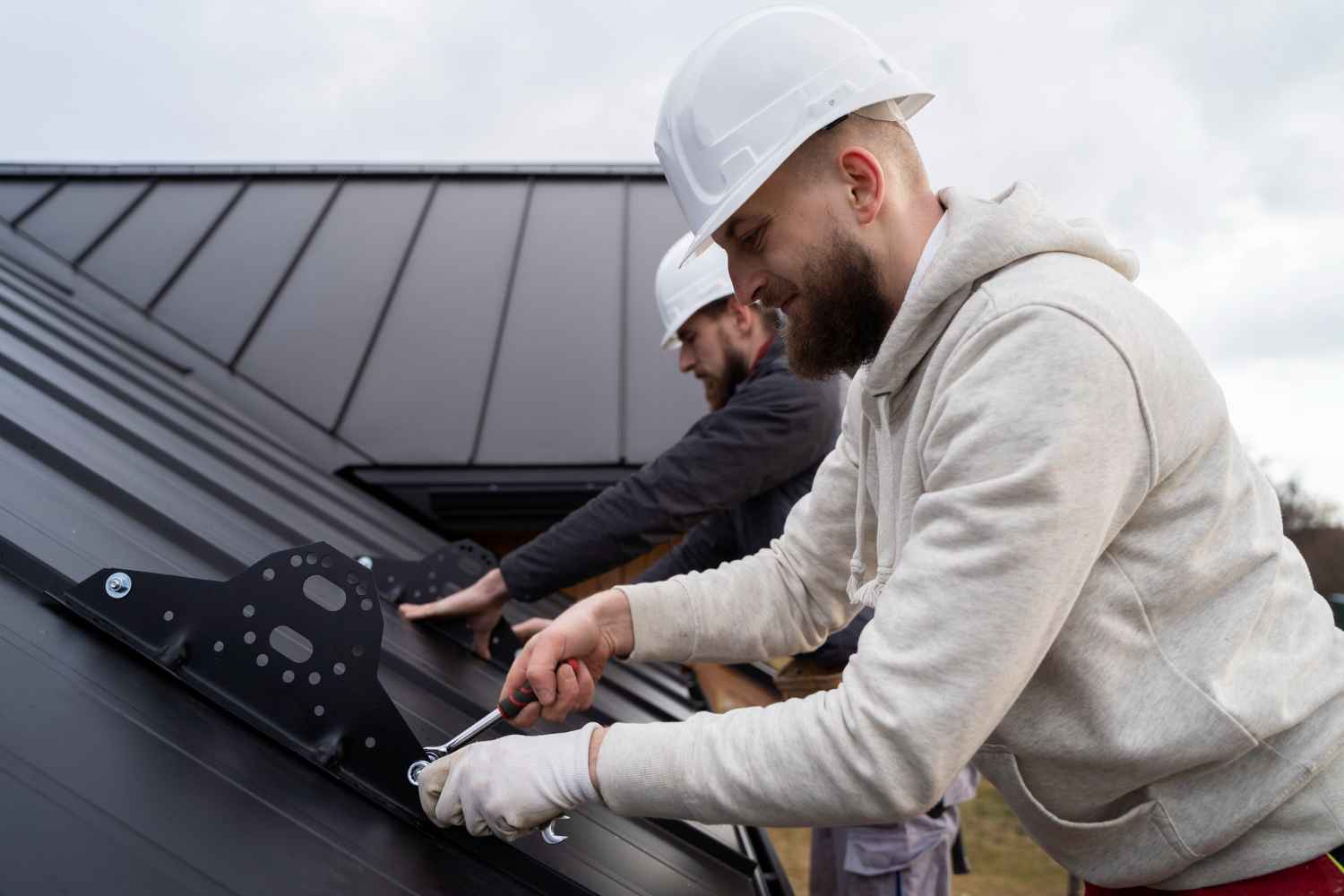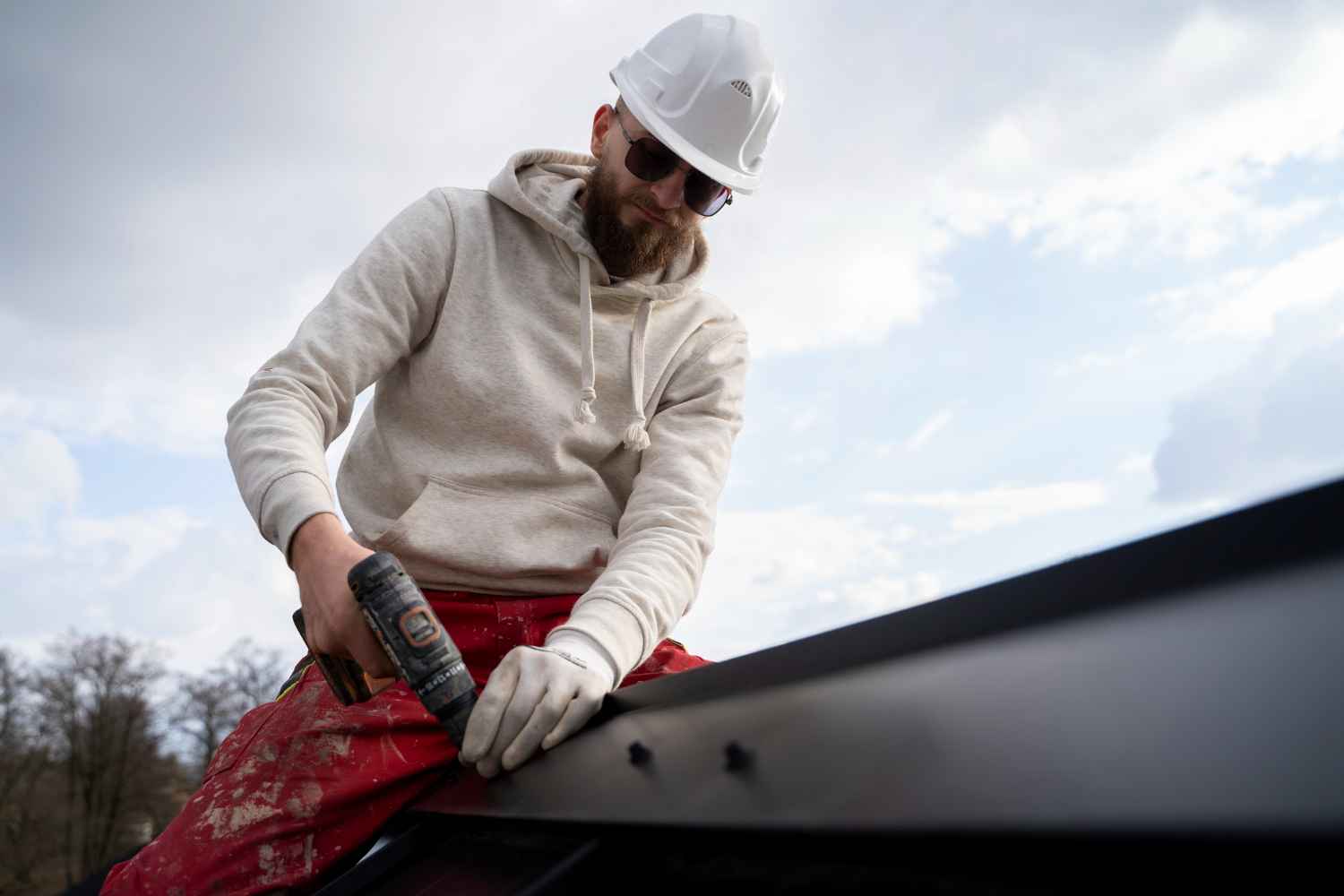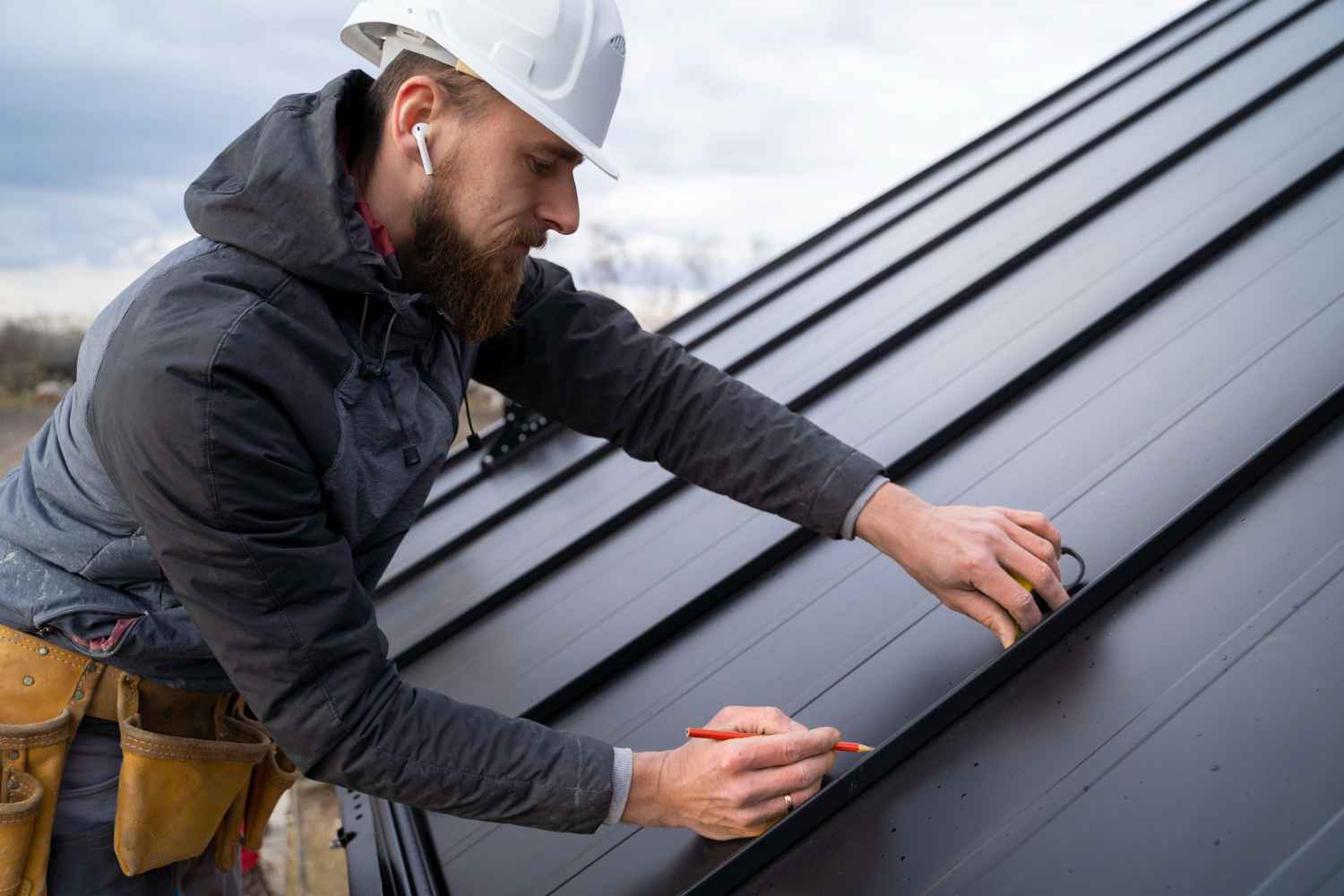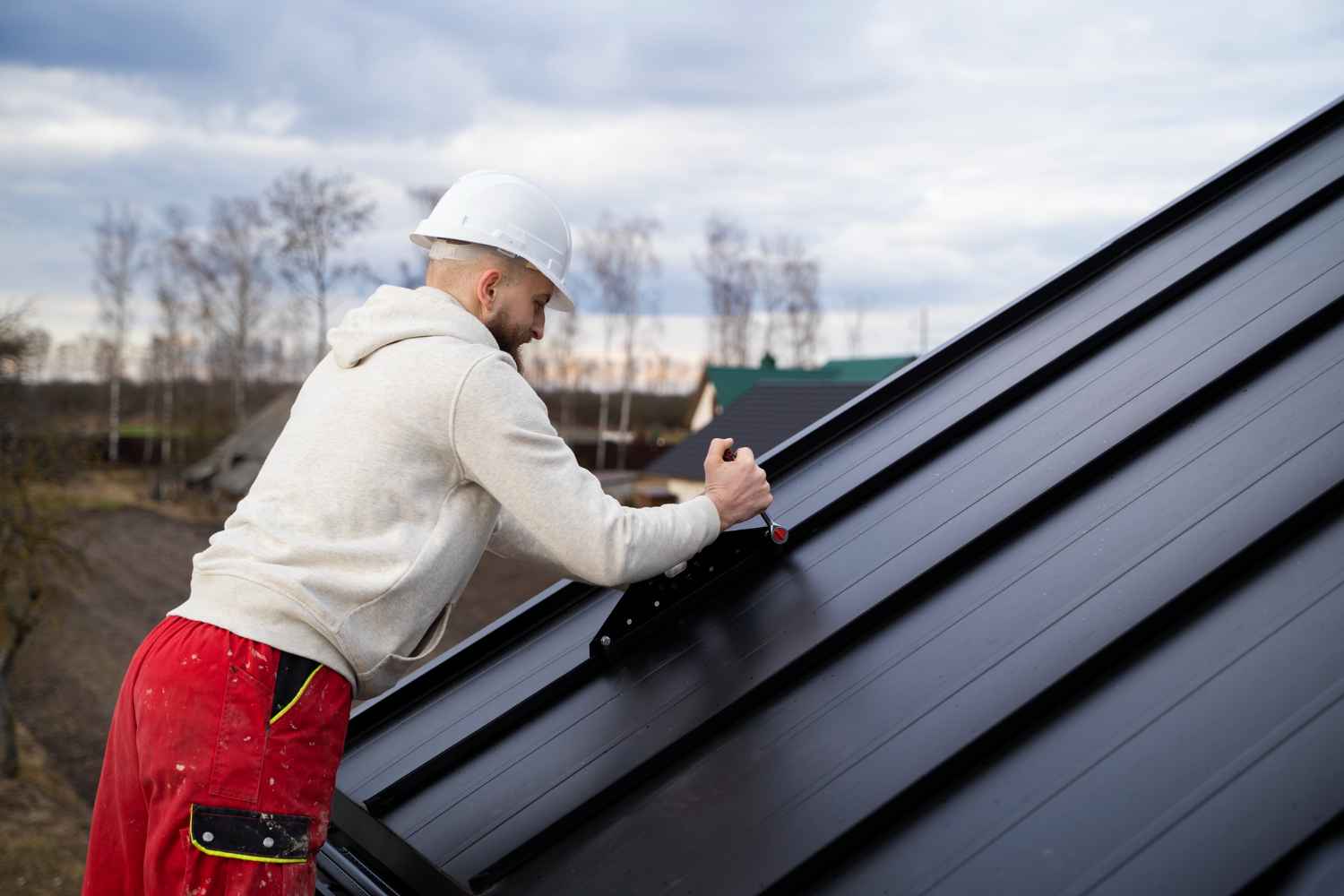Handling roof repairs can be a major challenge, specifically when you have numerous daily tasks. You can become more overwhelmed when you come home to discover a leaky roof. While arranging a visit from a roofing contractor, you can take several immediate steps to minimise additional damage to your property.
Temporarily addressing a roof leak can stop further damage till a permanent solution is applied. This guide will provide simple steps to manage a flat roof leak effectively. Following these instructions can mitigate damage and keep your home protected until professional repairs are completed.
Materials Commonly Used in Flat Roofs
Before tackling flat roof repairs, it’s crucial to identify the roofing material in use. Here’s a list of commonly used flat roof materials:
Modified Bitumen
This roofing material combines asphalt with various rubbers and solvents, resulting in a highly durable product. Modified bitumen is well-regarded for its strength and easy repair, which makes it a demanding option for addressing leaks on flat roofs.
Ethylene Propylene Diene Monomer
EPDM is a resilient rubber membrane often found in flat roofing systems. This material, known for its durability, shares similarities with the rubber used in tyres.
Built-Up Roofing
BUR, which has been used for over a century, involves layers of tar and gravel. Although it can be applied to flat and sloped roofs, repairing leaks in BUR systems can be complex.
Thermoplastic Olefin
Regarded as a single-ply roofing material, TPO is a mixture of ethylene-propylene rubber and polypropylene. It can be installed either by full adhesion or mechanical attachment.
PVC
PVC roofing is an economical option, particularly for commercial applications. It consists of two layers of PVC with a polymer coating in the center. Sometimes, a simple coating can address minor leaks affordably.

Key Culprits Behind Flat Roof Leaks
Flat roofs, while stylish and functional, can develop leaks due to several common issues:
- Inefficient Drainage Systems: When a flat roof’s drainage isn’t up to the mark, water tends to accumulate. Persistent pooling can deteriorate roofing materials over time, making the roof increasingly prone to leaks.
- Ageing Roofing Materials: With time, your roof becomes more vulnerable to leaks. The relentless exposure to weather fluctuations gradually wears down the roofing materials.
- Faulty Flashing: Flashing that’s poorly installed or has become damaged can leave gaps at roof edges and corners. These gaps can allow rainwater to penetrate and compromise the roof’s integrity.
- Defective Roof Membrane: Issues such as cracks, shrinking, or blistering in the roof membrane can create weak spots. These vulnerabilities make it easier for water to seep through and cause leaks.
- Accumulation of Standing Water: Even a small amount of standing water can exert significant pressure on a flat roof. This added weight and the potential for prolonged exposure can eventually lead to leaks by weakening the roof structure.
- Unsealed Roof Penetrations: Roof penetrations for pipes and HVAC units must be properly sealed. Over time, these seals can fail, allowing water to infiltrate and cause damage.
Immediate Actions for Leak Detection
- Contain Water: Place a bucket or container under the leak to catch incoming water. For roofs with wooden structures, locating the source might be straightforward, but for angled roofs, water can travel and pool elsewhere, making it crucial to trace its entry point.
- Manage Water Accumulation: In cases where water has pooled and created a bulge in the ceiling, carefully cut a small hole at the centre to drain the excess water. This prevents additional weight and potential collapse.

Quick Solutions for Managing a Leaky Roof
When faced with a leaky roof, here are some effective temporary fixes:
Roofing Patches
For small leaks, using roofing patches or roofing cement can be effective. Various materials like roofing tape or old shingles can cover the affected spots. You can repair your roof quickly with this method, but you need a permanent solution.
Polyethylene Sheets
A straightforward and economical option, polyethene sheets can be placed over the damaged area and secured with weights. While this method offers immediate protection from rain, it is a short-term fix and not intended for long-term use.
Waterproof Tarps
More robust than plastic sheets, waterproof tarps provide better durability against wind and rain. They should be secured around the edges with nails or straps and cover the roof’s ridge to prevent water from slipping underneath. This solution is temporary but more reliable for managing leaks.
Tar Paper
Also known as roofing felt, tar paper can be rolled out and nailed over leak-prone areas. Though primarily used as an underlayment, it serves as a temporary barrier against water in emergencies. If shingles are damaged or missing, this practical method can be utilised.

Why Prompt Roof Leak Repairs Are Essential?
Prevent Escalating Damage
Ignoring roof leaks can cause more serious problems. Leaks can spread mildew, which damages not just the roof but also the attic and ceilings. This moisture may cause extensive roof rot and could eventually result in a full roof collapse.
Maintain Structural Integrity
Early roof leak repairs protect your home’s overall structure. Water damage can compromise ceilings, walls, flooring, and insulation. Promptly addressing leaks prevents costly repairs to your home’s interior and keeps your living environment safe.
Save on Costs
Repairing a leaking roof is typically more cost-efficient as compared to a roof replacement. For shingle roofs, early intervention can address minor issues before they escalate.
Ensure Health and Safety
Leaking roofs foster mould growth, which poses health risks for older people and children. Early repairs reduce the risk of mould-related health problems and additional remediation costs for a healthier living environment.

